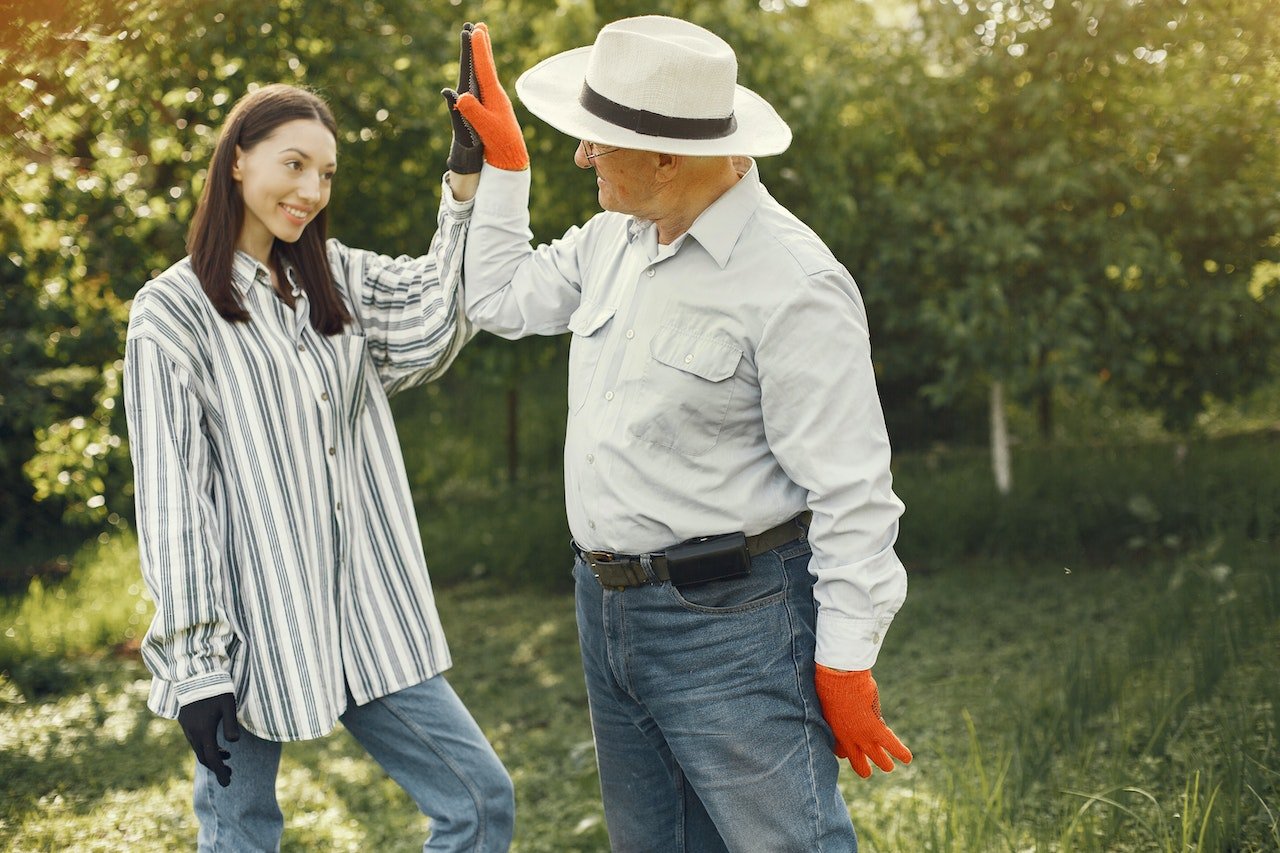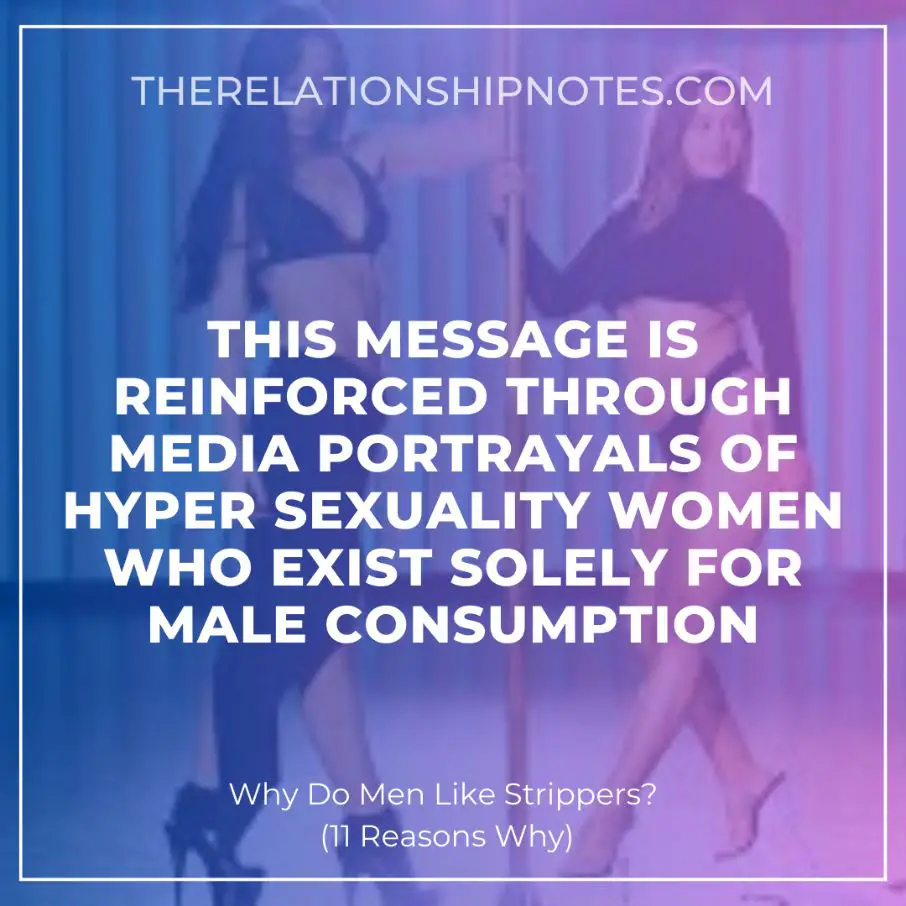The fascination with breasts is a topic that has intrigued psychologists, sociologists, and biologists for decades. From an evolutionary perspective to societal influences, understanding why men are drawn to boobs involves a complex interplay of factors. This article delves into the reasons behind this attraction, offering insights from scientific research, cultural contexts, and expert opinions.
While the subject may seem straightforward, the reasons behind this phenomenon are multifaceted. By examining the biological, psychological, and social dimensions, we can gain a deeper understanding of why men find breasts appealing. This knowledge not only sheds light on human behavior but also helps us navigate discussions around body image, gender dynamics, and cultural norms.
This article aims to provide a balanced and evidence-based exploration of the topic, ensuring that readers leave with a clearer understanding of the science and sociology behind male attraction to breasts. Let's dive in and uncover the nuances of this intriguing subject.
Read also:Are Cotton Underwear Better For Women Unveiling The Benefits And Considerations
Table of Contents
- Biological Perspective on Male Attraction
- Evolutionary Theories Behind the Attraction
- Psychological Factors Influencing Male Preferences
- Cultural Impact on Perceptions of Boobs
- Media Influence on Male Preferences
- Social Norms and Gender Dynamics
- Health and Attraction: The Connection
- Common Misconceptions About Male Attraction
- Scientific Research on the Topic
- Conclusion and Call to Action
Biological Perspective on Male Attraction
From a biological standpoint, male attraction to breasts can be linked to evolutionary biology and reproductive health. Breasts are secondary sexual characteristics that develop during puberty, signaling fertility and reproductive potential. Studies have shown that men tend to be attracted to physical traits that indicate health and fertility, which may explain the allure of breasts.
In addition, the shape and size of breasts can serve as indicators of age and hormonal balance. Younger women with well-developed breasts are often perceived as more fertile, making them more attractive to potential mates. This biological connection plays a significant role in shaping male preferences.
Why Are Breasts Secondary Sexual Characteristics?
Breasts are considered secondary sexual characteristics because they develop during puberty and are not directly involved in reproduction. However, they serve as visual cues that signal sexual maturity and readiness for reproduction. These signals are crucial in the evolutionary process, as they help individuals identify suitable mates.
- Breasts develop due to hormonal changes during puberty.
- They indicate reproductive health and potential.
- The size and shape of breasts can influence perceived attractiveness.
Evolutionary Theories Behind the Attraction
Evolutionary psychology offers several theories to explain why men are attracted to breasts. One prominent theory suggests that breasts evolved as a means of attracting mates, similar to the peacock's tail or the bright plumage of certain bird species. This theory posits that larger, fuller breasts signal better reproductive capabilities, making them more appealing to potential partners.
Another theory focuses on the role of fat distribution. Women with higher levels of body fat in their breasts are often perceived as healthier and more capable of sustaining pregnancy. This preference for curvier body types, including prominent breasts, may have evolved as a survival mechanism to ensure the continuation of the species.
What Role Does Fat Distribution Play?
Fat distribution in women is a key factor in determining attractiveness. Breasts are composed primarily of fatty tissue, which can indicate overall health and nutritional status. Men may be subconsciously drawn to women with well-proportioned breasts because they represent a balance of health and fertility.
Read also:Best Dark Chocolate Advent Calendar A Delightful Holiday Experience
- Breasts are composed of fatty tissue, which signals health.
- Fat distribution can influence perceived attractiveness.
- Evolutionary preferences favor curvier body types.
Psychological Factors Influencing Male Preferences
Psychological factors also play a significant role in shaping male preferences for breasts. Early experiences, societal conditioning, and individual preferences can all contribute to how men perceive and respond to physical attributes like breasts. For example, men who grow up in cultures that emphasize the importance of breasts may develop stronger preferences for them.
Additionally, psychological research suggests that attraction to breasts can be influenced by personal experiences and memories. Men who associate breasts with positive emotions or early childhood experiences may develop a stronger attraction to them later in life.
How Do Early Experiences Shape Preferences?
Early experiences, such as those during childhood or adolescence, can significantly impact male preferences. For instance, exposure to media portrayals of breasts or cultural norms around body image can shape how men perceive and value these traits.
- Early exposure to media influences preferences.
- Cultural norms play a role in shaping perceptions.
- Personal experiences can strengthen or weaken preferences.
Cultural Impact on Perceptions of Boobs
Culture plays a pivotal role in shaping perceptions of breasts and their attractiveness. In some societies, breasts are celebrated as symbols of beauty and femininity, while in others, they may be viewed more conservatively. These cultural differences can influence how men perceive and respond to breasts, creating variations in preferences across different regions and communities.
For example, in Western cultures, breasts are often highlighted in media and advertising, reinforcing their appeal. In contrast, some Eastern cultures may place less emphasis on breasts, focusing instead on other physical attributes or qualities like intelligence or personality.
How Do Cultural Norms Influence Male Preferences?
Cultural norms dictate what is considered attractive or desirable in a partner. These norms can vary widely across different societies, leading to diverse preferences in male attraction to breasts.
- Western cultures often emphasize breast size and shape.
- Eastern cultures may focus on other attributes.
- Cultural differences affect perceptions of beauty and attraction.
Media Influence on Male Preferences
The media plays a significant role in shaping male preferences for breasts. Through movies, television shows, advertisements, and social media, the portrayal of breasts as symbols of beauty and desirability reinforces their appeal. Celebrities and models with prominent breasts often become cultural icons, further cementing the association between breasts and attractiveness.
However, the media's influence is not without its drawbacks. Overemphasis on certain body types can lead to unrealistic expectations and negative body image issues, affecting both men and women. It is essential to approach media portrayals with a critical eye and recognize the diversity of human beauty.
What Are the Negative Effects of Media Portrayals?
While the media can highlight the beauty of breasts, it can also contribute to harmful stereotypes and unrealistic standards. These portrayals can lead to body dissatisfaction and low self-esteem, particularly among women who do not conform to idealized body types.
- Media portrayals can create unrealistic expectations.
- Unrealistic standards may lead to body dissatisfaction.
- Critical thinking is necessary to navigate media influence.
Social Norms and Gender Dynamics
Social norms and gender dynamics also contribute to the male attraction to breasts. In many societies, breasts are viewed as symbols of femininity and sexuality, reinforcing their appeal. These societal expectations can influence how men perceive and respond to breasts, shaping their preferences and behaviors.
Furthermore, gender dynamics play a role in how men and women interact and form relationships. Attraction to breasts may be a reflection of broader societal norms around gender roles and expectations, highlighting the importance of understanding these dynamics in context.
How Do Gender Dynamics Affect Attraction?
Gender dynamics influence how men and women perceive and respond to physical attributes like breasts. These dynamics can shape preferences and behaviors, creating patterns of attraction that vary across different cultures and communities.
- Gender roles affect perceptions of attractiveness.
- Social norms influence male preferences.
- Understanding gender dynamics is crucial for context.
Health and Attraction: The Connection
Health and attraction are closely linked, with physical traits like breasts serving as indicators of reproductive health. Men may be subconsciously drawn to women with healthy, well-developed breasts because they signal fertility and overall well-being. This connection between health and attraction highlights the importance of considering biological factors in understanding male preferences.
Furthermore, studies have shown that men tend to find women with symmetrical features more attractive, as symmetry is often associated with good health and genetic fitness. Breasts, being one of the most visible secondary sexual characteristics, play a significant role in this assessment of attractiveness.
Why Are Symmetrical Features More Attractive?
Symmetrical features are often perceived as more attractive because they indicate good health and genetic fitness. Men may be drawn to women with symmetrical breasts as a subconscious indicator of reproductive potential.
- Symmetry signals good health and genetic fitness.
- Breasts are key indicators of reproductive health.
- Symmetrical features enhance perceived attractiveness.
Common Misconceptions About Male Attraction
There are several misconceptions surrounding male attraction to breasts. One common belief is that all men are equally attracted to large breasts, which is not necessarily true. Preferences vary widely among individuals, influenced by personal experiences, cultural background, and psychological factors. Another misconception is that attraction to breasts is purely biological, ignoring the role of societal and cultural influences.
It is important to approach this topic with an open mind and recognize the diversity of male preferences. By understanding the complexities of attraction, we can foster healthier discussions around body image and gender dynamics.
What Are Some Common Misconceptions?
Some common misconceptions about male attraction to breasts include:
- All men prefer large breasts.
- Attraction is purely biological.
- Cultural influences are negligible.
Scientific Research on the Topic
Scientific research provides valuable insights into why men are attracted to breasts. Studies in evolutionary biology, psychology, and sociology have explored various aspects of this phenomenon, shedding light on the biological, psychological, and social factors at play. For example, a study published in the journal Evolution and Human Behavior found that men tend to prefer women with symmetrical breasts, as they are perceived as healthier and more fertile.
Another study conducted by researchers at the University of California revealed that cultural influences significantly impact male preferences for breast size and shape. These findings underscore the importance of considering multiple factors when examining the reasons behind male attraction to breasts.
What Do the Studies Say?
Research on male attraction to breasts highlights the complexity of the phenomenon:
- Symmetrical breasts are often perceived as more attractive.
- Cultural influences shape preferences for breast size and shape.
- Biological and psychological factors both play a role.
Conclusion and Call to Action
In conclusion, the reasons behind male attraction to breasts are multifaceted, involving biological, psychological, and social factors. Understanding these factors not only enhances our knowledge of human behavior but also promotes healthier discussions around body image and gender dynamics. By recognizing the diversity of male preferences and the influence of cultural norms, we can foster a more inclusive and informed conversation about attraction and beauty.
We invite you to share your thoughts and experiences in the comments below. Your feedback helps us create more engaging and informative content. Don't forget to explore other articles on our site for further insights into topics related to human behavior, psychology, and sociology. Together, let's continue learning and growing!


